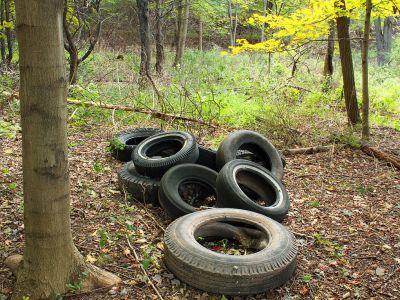Current end-of-life tyre (ELT) recycling and recovery programmes, while recovering most of the mass, yield products of low value. This severely limits the competitiveness of the small and medium-sized enterprises (SMEs) active in the field.
Scientists are developing a complete process to convert waste rubber crumb into valuable materials and chemicals with EU support of the project
SULFREE (Tyre recycling pyrolysis for producing oil with less than 0.2% sulphur content, low cost sulphur impregnated carbon for reducing mercury air emissions, with simultaneous elemental). The increased competitiveness of the global tyre recycling industry will encourage recycling and reduce illegal disposal.
The process begins with microwave pyrolysis. There are currently no ELT microwave pyrolysis plants in operation, so this is already a major innovation. The innovative internal mixing system of discs and rods thoroughly mixes the rubber crumb to achieve full pyrolysis. An optimal operating temperature lower than originally planned will have major benefits, including reduced energy consumption, faster processing times and higher throughput.
Carbon black and hot gas, the products of the pyrolysis process, are both high in sulphur content. The carbon black is activated with steam in a simple procedure to increase its commercial value. The hot vapour is cooled, compressed and injected under pressure into a hydrodesulphurisation unit (a fixed-bed reactor) to yield ultralow-sulphur oil, ultralow-sulphur gas and sulphur. A condensing system that produces condensed sulphur-rich oils instead of vapour significantly reduces the cost and complexity of the system.
The shell-and-tube-type heat exchanger of the condenser facilitates heat and steam recovery to satisfy the system's energy requirements and to activate the carbon black. Scientists have already demonstrated the cost effectiveness of the system. Recovery rates will be comparable to current programmes (over 90 %), with the important difference that the products will be high-value pyrolysis oil, sulphur-impregnated activated carbon, elemental sulphur and combustion gases.
Within the first reporting period, a lab-scale version of the entire process has been implemented, and data currently being collected is aiding in optimisation of operating conditions. SULFREE technology is expected to have important economic benefits for the end-user SMEs, increasing their business opportunities and profitability. Encouraging tyre recycling will also minimise the illegal disposal of ELTs, providing welcome relief to an already overburdened planet.

